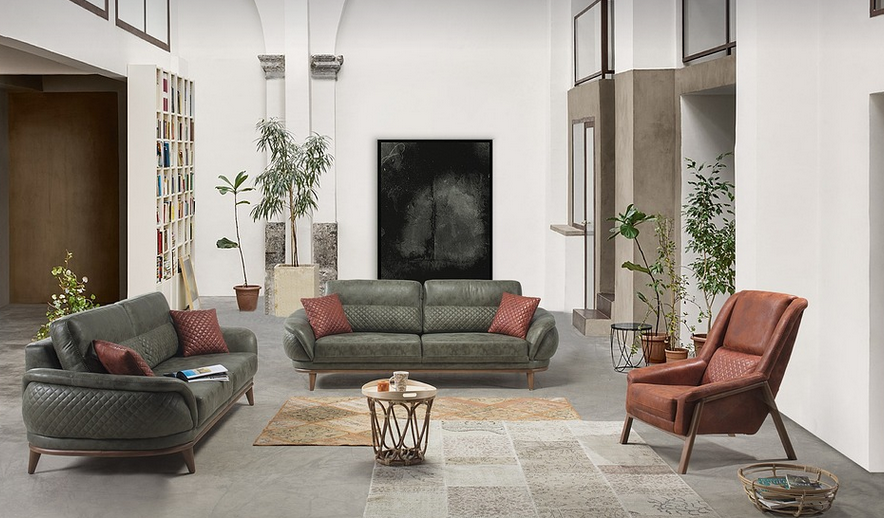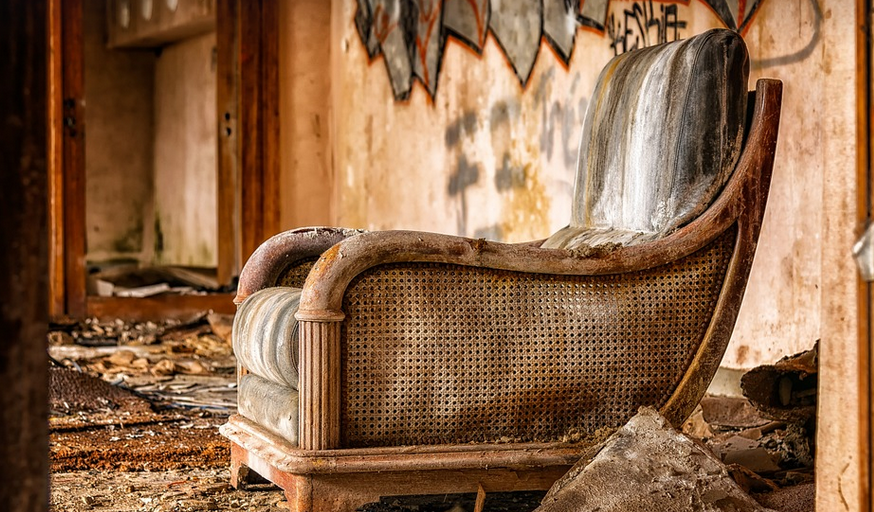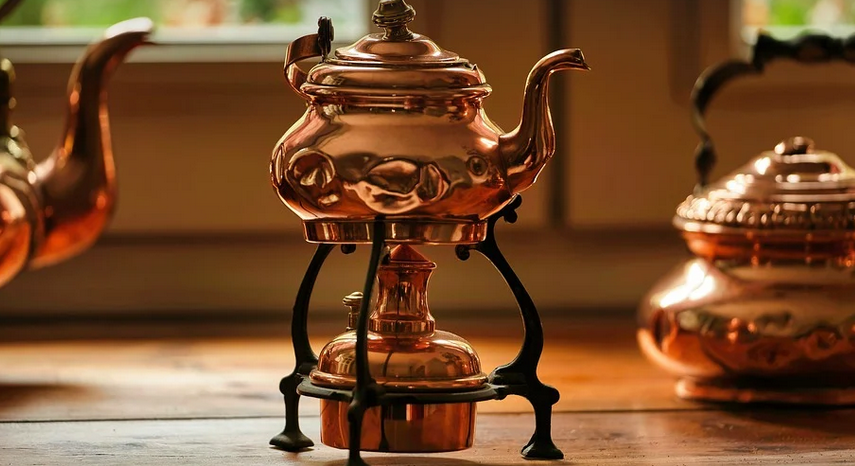Deciphering the Mystery of the Wolo Bad Boy
The Wolo Bad Boy air horn, a ubiquitous symbol of boisterousness and a touch of old-school charm, has captured the hearts (and eardrums) of many. It’s that unmistakable, loud, and often humorous sound that brings back memories of chaotic schoolyard antics, impromptu gatherings, or just plain old-fashioned fun.
But before we delve into its legendary legacy, let’s first understand the genesis of this iconic tool. Its story is a fascinating blend of classic engineering ingenuity and an unadulterated desire for creating memorable moments. The Bad Boy itself was born in 1987 under the banner of Wolo Products, a company dedicated to crafting high-powered air horns that would be heard over any distance.
The Wolo Bad Boy’s design is deceptively simple. It leverages the power of compressed air and a powerful speaker system to generate an ear-splitting, attention-grabbing sound blast. Its construction features robust metal housing and durable components that promise long-lasting performance even in harsh environments.
But what sets the Bad Boy apart is its distinctive “Bad Boy” moniker. It’s not just another air horn; it’s a symbol of pure, unbridled fun. The name has become synonymous with loud and celebratory gatherings, making it a favorite for everything from backyard barbecues to sporting events.
The Wolo Bad Boy: A Sonic Time Machine
The Wolo Bad Boy air horn is much more than just a simple tool; it’s a time machine that transports you back to simpler times, evoking nostalgia and laughter for those who remember its iconic roar. Whether you grew up hearing it in schoolyard battles or witnessing its boisterous use at sporting events, the Bad Boy holds a special place in our collective memory.
The Bad Boy’s enduring appeal stems from several key factors. First, its loud and clear sound is instantly recognizable, leaving no room for confusion. Second, it possesses an unparalleled ability to cut through crowds, demanding attention and eliciting responses. It’s the kind of sound that demands a pause in the proceedings and draws everyone’s gaze towards the source.
Furthermore, the Bad Boy can be customized with various colors and designs, adding a personal touch and reflecting individual style or preferences. This versatility helps users personalize the horn, making it more than just a generic air horn; it becomes an extension of their personality and identity. The Wolo Bad Boy is not simply an object, but a symbol that transcends its physical form.
But there’s more to the Bad Boy than just sound and style. It has become a cultural phenomenon, appearing in everything from movies and TV shows to music videos and even social media posts. Its presence on-screen is both comical and impactful, adding a splash of playful chaos to any setting.
The Wolo Bad Boy: Beyond the Blast
Despite its reputation for being loud and boisterous, the Wolo Bad Boy also has its uses beyond just eliciting immediate reactions. It’s often used in various contexts:
* **Traffic Control:** The horn can be used to alert drivers of an approaching vehicle or warn of danger. * **Security and Safety:** Used as a deterrent to prevent crime, especially at large gatherings. * **Emergency Situations:** An emergency siren with a distinctive and long-lasting sound that cuts through noise for crucial communication.
The Wolo Bad Boy air horn’s enduring legacy is not simply about its sonic power but also its ability to connect people across generational lines, leaving laughter and joy in its wake. It’s a reminder of the simple pleasures in life—an unadulterated burst of sound that brings a smile to everyone’s face. Its popularity speaks volumes about the timeless appeal of a good old-fashioned blast.
While the world may be moving towards quieter and more subtle communication, the Wolo Bad Boy air horn remains a testament to the raw power of sound and its ability to bring people together.


